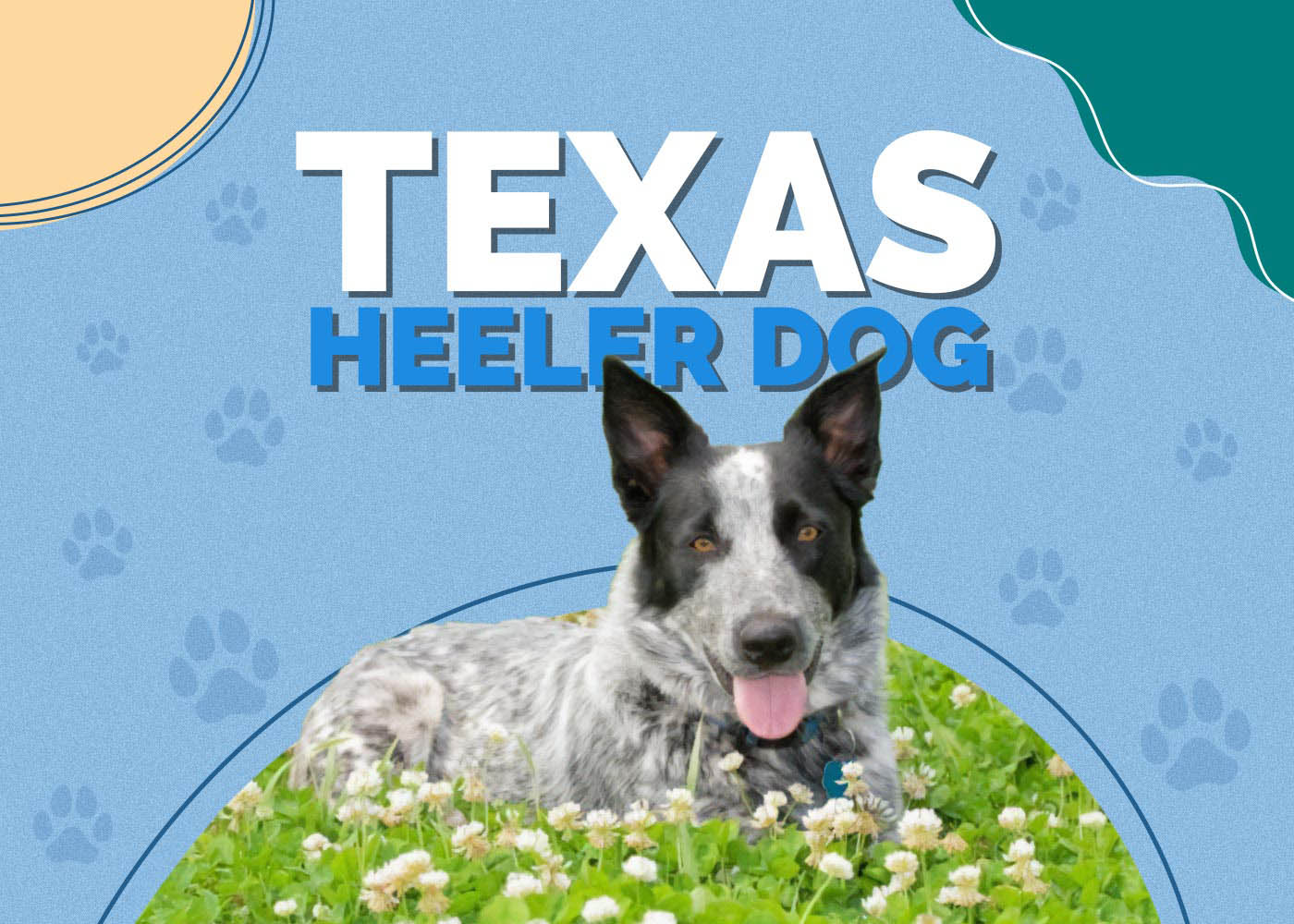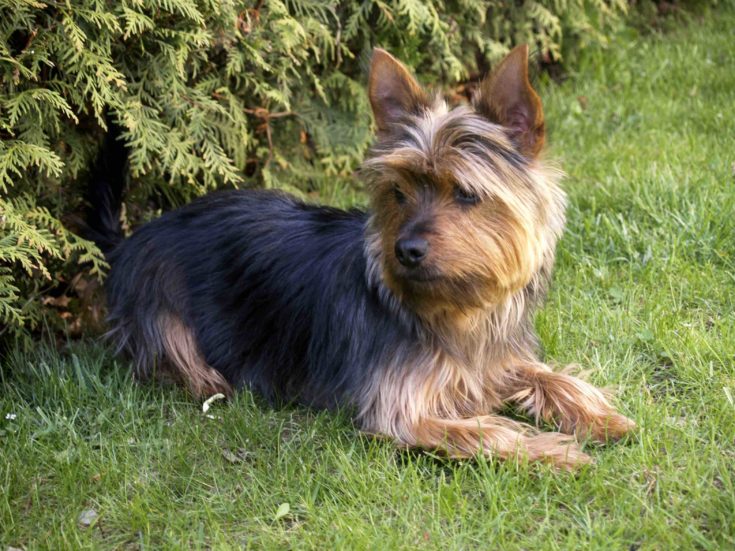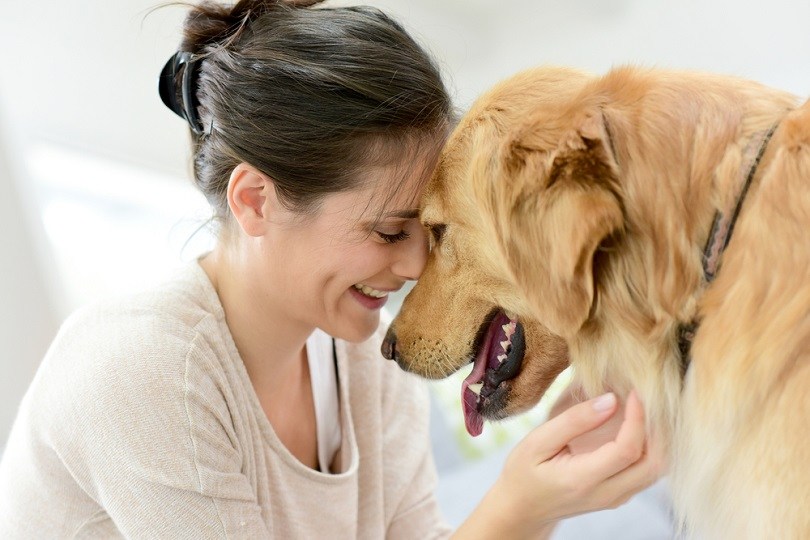Bugg (Pug & Boston Terrier Mix): Info, Pictures, Characteristics & Facts

Updated on
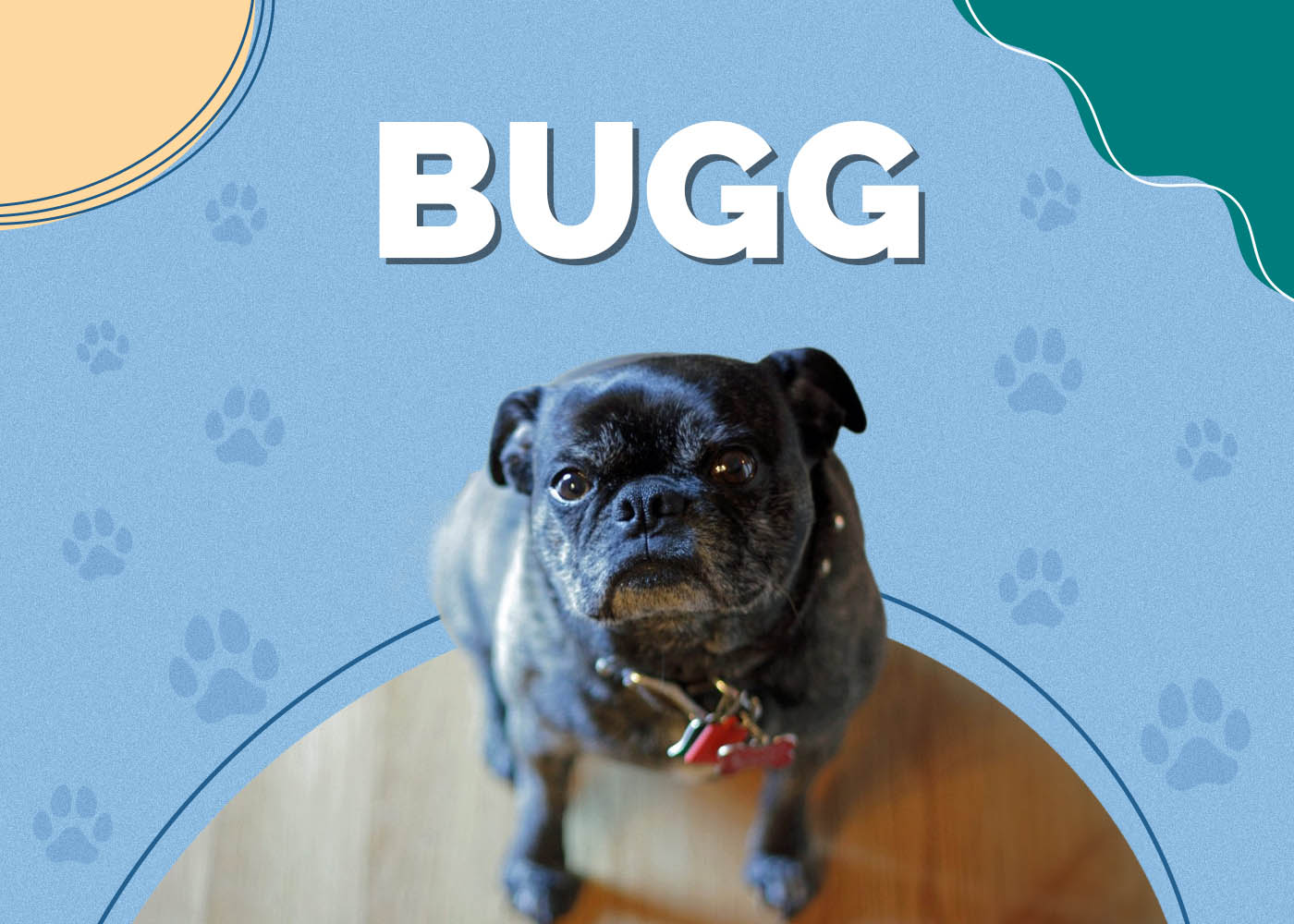
It’s hard to picture a dog that’s more adorable and playful than the Bugg. If you’ve never heard of this cute pup, you’ve undoubtedly heard of their parents: the Pug and the Boston Terrier. The Bugg takes traits from both parents, resulting in a bug-eyed Bugg dog with a flat face and a loving, playful temperament.
| Height: | 14–18 inches |
| Weight: | 10–25 pounds |
| Lifespan: | 10–15 years |
| Colors: | White, black, brown, tan, brindle |
| Suitable for: | Novice pet owners, individuals, families, apartment-dwellers |
| Temperament: | Spunky, Playful, Intelligent, Affectionate, Loving, Devoted |
These small dogs come in a variety of colors. They can be primarily one color with patches of another color thrown in, such as a tan dog with black ears and snout or a white dog with brown and black patches at random. Or they can be multi-colored from head to toe, sometimes even turning out brindle. Some even inherit the classic Boston Terrier patterning.
They’re ideal for novice pet owners and don’t require too much care, though they will need a lot of attention. They have short coats and don’t shed very heavily, so they’re suitable for people with mild allergies, but Buggs are not hypoallergenic.
Bugg Characteristics
Bugg Puppies
With an average height of just 16 inches, these compact dogs will never outgrow your lap. They’re highly energetic and love to play around, but they don’t require much exercise because they’re so small. Their antics will meet most of their physical activity needs, so they’re perfect for people living in apartments or other smaller spaces where a large, active dog might be too confined.
Bugg dogs are lovers at heart and are perfect for families and individuals alike. But they can become territorial over their owners, which is an issue that needs to be addressed quickly. They’re intelligent dogs that can be trained quite well, though they can be stubborn like the Boston Terriers they’re bred from, meaning you’ll need a patient hand to work with these dogs.
Though they get along great with family members and other people, Buggs are attention hogs, preferring always to be center stage. Because of that, they don’t always get along well with other pets, so they’re best suited for households where they’ll be the only pets.

Temperament & Intelligence of the Bugg Dog 🧠
Overall, Buggs are known as highly intelligent dogs. They’re also playful and energetic, loving to goof around and act a little nutty. They’ll cuddle up against you while you watch a movie, but they’ll be happy to get up at any point for a quick play session.
Are These Dogs Good for Families? 🏡
Buggs are friendly with practically everyone and are great pets for a family. They need a lot of attention that a family can easily provide. However, they bond closest with one person, and they’ll probably pick a clear favorite. Still, they get along great with kids and guests as long as you don’t allow them to become territorial while they’re young.
Does This Breed Get Along with Other Pets? 🐶 😽
As a dog that prefers to be the center of attention, the Bugg isn’t the best with other pets. However, they can be trained to get along well with others, provided they’re properly socialized at a young age. If you let a Bugg grow older without proper socialization, they can be very territorial and aggressive toward other animals in their home.
Things to Know When Owning a Bugg:
Food & Diet Requirements 🦴
Because they’re a smaller breed, Buggs will do well on a dry food mix designed for smaller dogs. They don’t have any particular dietary requirements but tend to overeat. You’ll want to be conscientious about how much food you give a Bugg throughout the day so they won’t become overweight. These dogs will generally continue to eat whatever they’re given, so it’s up to you not to overfeed them.
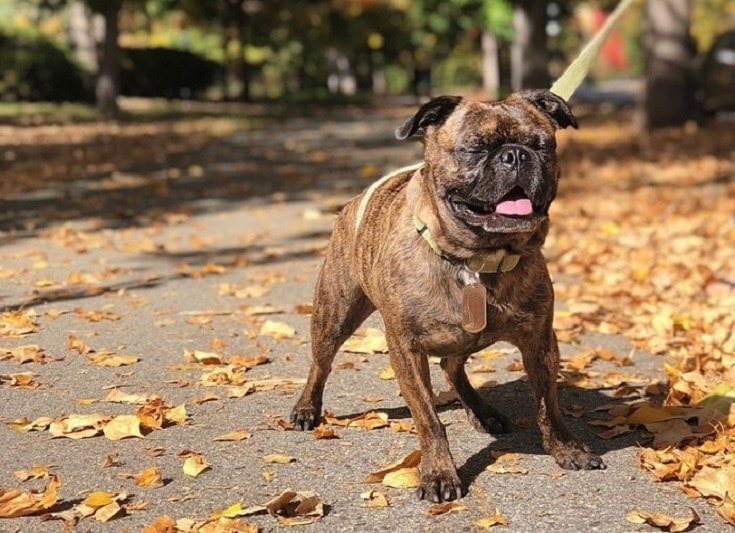
Exercise 🐕
Small and energetic, Buggs don’t require too much exercise. They’ll get a lot of physical activity from running around, acting silly, and playing with you. A short walk each day should provide plenty of exercise on top of regular playing.
Training 🦮
Buggs are highly intelligent dogs that can learn quickly with proper positive reinforcement. However, they don’t respond to negative reinforcement. Be sure to begin training early since they can develop a stubborn streak like the Boston Terriers if they’re allowed to. You’ll need to be firm but positive with your Bugg. It will require a lot of patience and determination.
Grooming ✂️
Buggs have very short, fine coats. They don’t shed much, so you won’t have too much mess to clean up. However, they’re not hypoallergenic because they do shed some. To keep their coat free of dead hair, simply brush or comb them once a week or so.
Aside from regular combing, you’ll also need to remember to trim your Bugg’s nails. But overall, they are easy to care for and don’t require much maintenance.
- Also see: Best Dog Shampoos – Reviews & Top Picks
Health and Conditions ❤️
The Bugg is a brachycephalic dog like both parents. While this look is very popular, and the dogs have been bred to continue the trait, it can also result in health complications such as breathing difficulties and eye problems.
Brachycephalic dogs have shortened bones in their faces. When this causes abnormalities in the upper airways, the condition is known as brachycephalic airway syndrome. Several conditions get grouped under this name, including stenotic nares, extended nasopharyngeal turbinates, a hypoplastic trachea, and several others.
All of these conditions can make it very difficult for your dog to breathe. Most dogs affected by this syndrome will breathe through their mouths more easily than their noses. They may have very loud breathing, snore when sleeping, and snort when excited. This syndrome can develop into secondary problems and even strain the heart from the increased effort required for breathing.
Brachycephalic ocular syndrome is also another big health issue to look out for in your Bugg. It is also a collection of conditions that can include medial canthal entropion, epiphora and tear staining, trichiasis, and more. The condition is marked by the protruding eyes commonly seen on these breeds. It can prevent the dog from blinking and may be very uncomfortable. It can also result in decreased vision.
Brachycephalic dogs like Buggs may also experience eye proptosis. Because they have shallow eye sockets and protruding eyes, their eye can come out of the socket. It can happen during play or roughhousing, and sometimes it doesn’t take much pressure. The result is the total loss of an eye, forever marring the dog’s face and drastically affecting their vision.
Buggs love to eat and are known to overeat if given the opportunity. While all animals are susceptible to obesity with prolonged overfeeding, Buggs are more likely to develop this condition than most. Be sure to monitor your Bugg’s food intake. If you provide them more food than needed, they’ll likely still eat it.
- Obesity
- Brachycephalic airway syndrome
- Brachycephalic ocular syndrome
- Proptosis
Male vs Female
Male Buggs are more stubborn and energetic during their teen years. Once they reach the age of three, they usually calm down and become more relaxed like females. For this reason, female Buggs are generally a bit easier to train, especially when they’re still puppies.
Physically, male Buggs are heavier, while females are more slender and slightly shorter. Females also live a little longer on average, though the difference is negligible.
3 Little-Known Facts About the Bugg
1. Their Eyes Could Literally Pop Out of Their Head
One of the traits that people find most adorable about the Bugg is their big, protruding bug eyes. Both parents have similar eyes that seem to pop out of their heads, but ironically, their eyes could pop right out of their heads!
It may seem crazy, but it has happened. Buggs are what’s known as a brachycephalic dog breed. They have flat faces, short snouts, and shallow eye sockets. Pugs and Boston Terriers are also brachycephalic, which is why this issue is rampant in the Bugg breed.
Because of the shallow eye sockets, their eyes can pop out of their sockets due to a condition called proptosis. It happens most often when the dog is playing or fighting with other dogs.
2. They Tend to be Territorial if Not Trained Early
Dogs often take on the traits of their parents. Boston Terriers are known to be territorial of their owners and environment, and the Bugg can display the same behavior. If you get a Bugg, you’ll want to train them early on and socialize them with many other people and pets so they don’t develop a territorial streak. If they do, it will be very hard to break them of it later.
3. They’re Officially Called Buggs, But Some Call Them Pugins
Though not recognized by the AKC, Buggs are recognized by other clubs and registries. For instance, they’re recognized by the American Canine Hybrid Club (ACHC), the Designer Dogs Kennel Club (DDKC), the Designer Breed Registry (DBR), and several others. In all of these organizations, the dog is known as the Bugg. However, they often go by other names that aren’t officially recognized, such as Pugins or the Boston Terrier Pug.
Conclusion
Since they’re as adorable as dogs get, with an energetic personality that’s always ready to play, Buggs can provide excellent companionship. They bond closely with a single person but love everyone, so they’re great for families. Take care to train and socialize them early so they don’t become territorial or stubborn.
While the flat face and bulging eyes might be a cute look, it also comes with some inherent health risks. If you’re going to own a Bugg, be sure that you’re aware of which potential health issues may arise and how you’re going to take care of them.
See Also:
- 100+ Country Dog Names: Ideas for Nature-Loving Pups
- Pug vs Boston Terrier: Which One Is Right for Me?
Featured Image Credit: Josh Brown, Flickr




